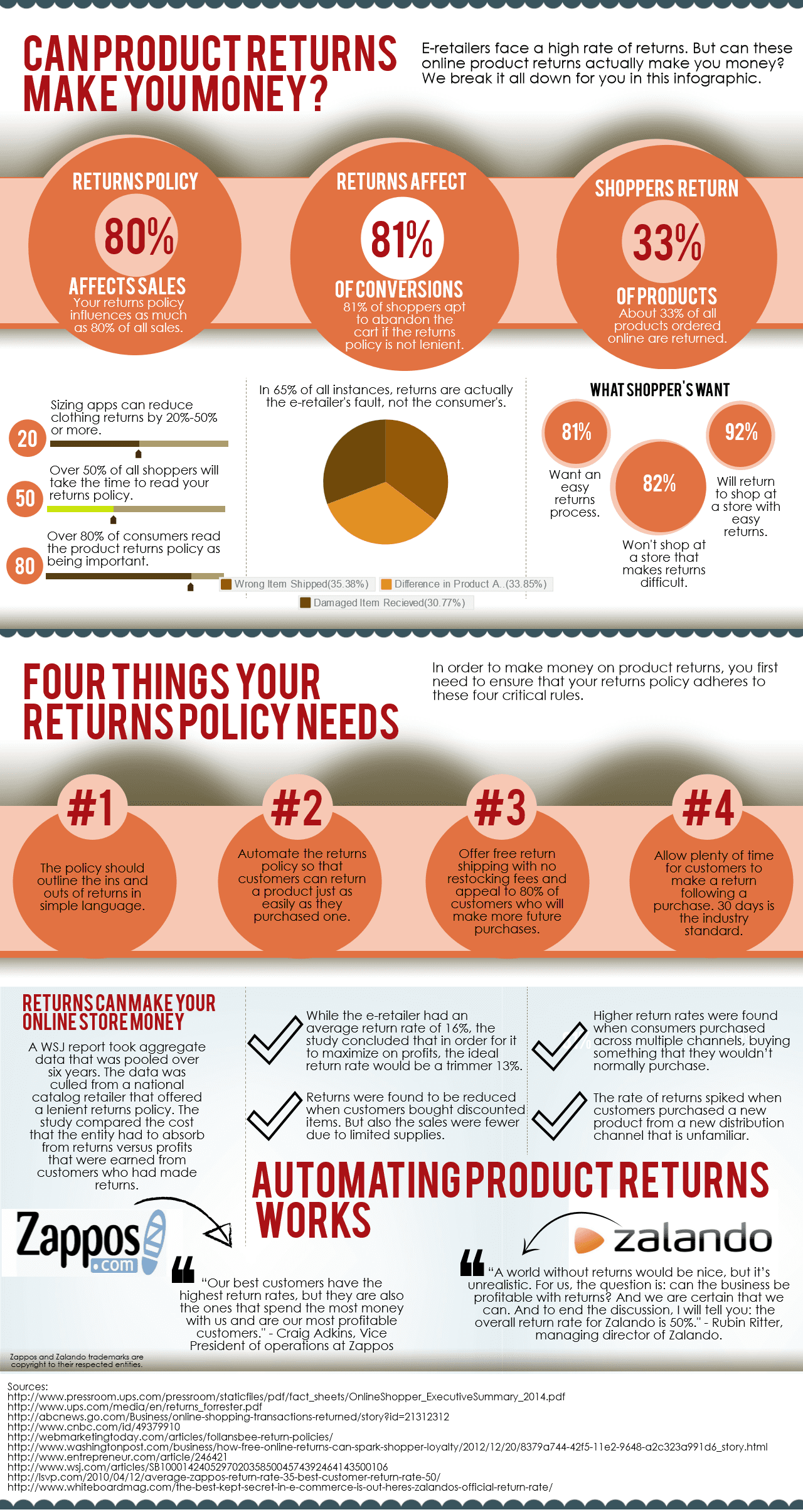Returnaholic? Amazon Will Swing Ban-Hammer

Returnaholics… not the most common of breeds, but they do exist. We’re not talking about the people who casually return items that they’ve ordered online. What we’re talking about are the people who frequently return items online. So often in fact, that they can actually end up getting the ban-hammer from stores and marketplaces that offer the most lenient of return policies. Does this really happen? Yes. Yes it does.
Are You A Returnaholic?
A great article on MainSt advises that there are five telltale signs that you are a returnaholic. These include: spending over an hour in a day processing returns, routinely adding or removing items from shopping carts when online, obsessed about the next item you have to return, thrilled to shop but anxious to return, using large events (weddings, etc.) to buy clothing that you later intend to return.
Due to returnaholics, 17% of retailers around the nation are making their return policies more restrictive, according to the National Retail Federation. And the experts say that some of this is, in part, due to people who are classified as suffering from “serial returning.” It goes hand-in-hand with being a shopaholic, where often a person deals with emotions by shopping for things they don’t need, only to return them later.
Retailers Taking Notice
You may be thinking, “So what. I can shop online anywhere, and the retailer will just be eager to earn my business.” But not so fast. Even retailers with the most lenient of returns policies – the highly desirable 30-days no-questions-asked return policy – are starting to watch the habits of their customers and are cutting off the ones who make serial returns, according to CBS.
A think tank called AgileOne actually has a database of 525 million consumers and reports to the largest retailers on who is making the most returns. Those who are making too many don’t get the favored coupons or special offers because the retailers are worried about them making a return. Basically, stores are wising up, and while receptive to returns, are leery of losing money on people who make serial returns.
The 10% Amazon Return Rule
One retailer that’s begun to take action is Amazon, the world’s largest online marketplace. They feature the most liberal return policy of them all. Basically, if you do not like it, return it and don’t worry about paying return shipping fees. What’s more, they’ll pick it up from your front door, and once that product has been scanned, you get an instant refund. These are just some of the reasons why Amazon has blown away the industry in recent years with statistics that are simply unrivaled anywhere else.
But Amazon does have an aggregate return limit, too. One customer recently made tabloid news in MarketWatch for returning too many items. After returning 37 items out of 343 he had purchased in total, he got the Amazon ban-hammer. Even after making major news headlines about it, Amazon still wasn’t backing down.
They responded to media inquiries with this:
“In a tiny fraction of cases we are forced to close accounts where we identify extreme account abuse. This decision is only taken after we have reviewed the account carefully and tried to work with the customer over an extended time period to resolve any issues.”
While this particular customer had a return rate of 10%, some customers responded to the news article by saying that they had a return rate of 7% and were not seeing the ban-hammer. But for this so-called returnaholic, Amazon wasn’t backing down.
In a related Tech Walls story, another Amazon customer got the ban-hammer swung at them. One customer explained that he usually spent $1,200 per month on Amazon. But on one particular month, he returned three items, the value of which was worth more than what he had purchased. Amazon didn’t like that very much.
The marketplace issued him a warning saying:
“We’re writing to apologize for the number of issues you’ve experienced with your shipments. Your correspondences with us indicate you’ve required refunds on a majority of orders for a number of reasons.”
Amazon considers some returns “account abuse.” When they flag an account for this, they basically terminate it. In some cases, contacting them to work out the details can result in the account being reinstated. But don’t count on it, folks. There is, in fact, an Amazon return limit that can get you ban-hammered from this marketplace.
Zappos Welcomes Returnaholics
On the flipside, there’s Zappos. Ironically, it’s actually an entity that was purchased by Amazon. And in reality, Amazon does borrow their return policy from Zappos – they just are not as, shall we say, liberal about it as the shoe seller is.
Accentuating this tenacity, Zappos actually says it rewards returnaholics, as is documented in a Fast Company report.
“Our best customers have the highest returns rates,” said Craig Adkins, VP of services and operations,” but they are also the ones that spend the most money with us and are our most profitable customers.”
This begs the question: Can easy returns actually help improve your profits if Amazon is ban-hammering them?
Here’s an infographic to help you find the answer.
Share On:









